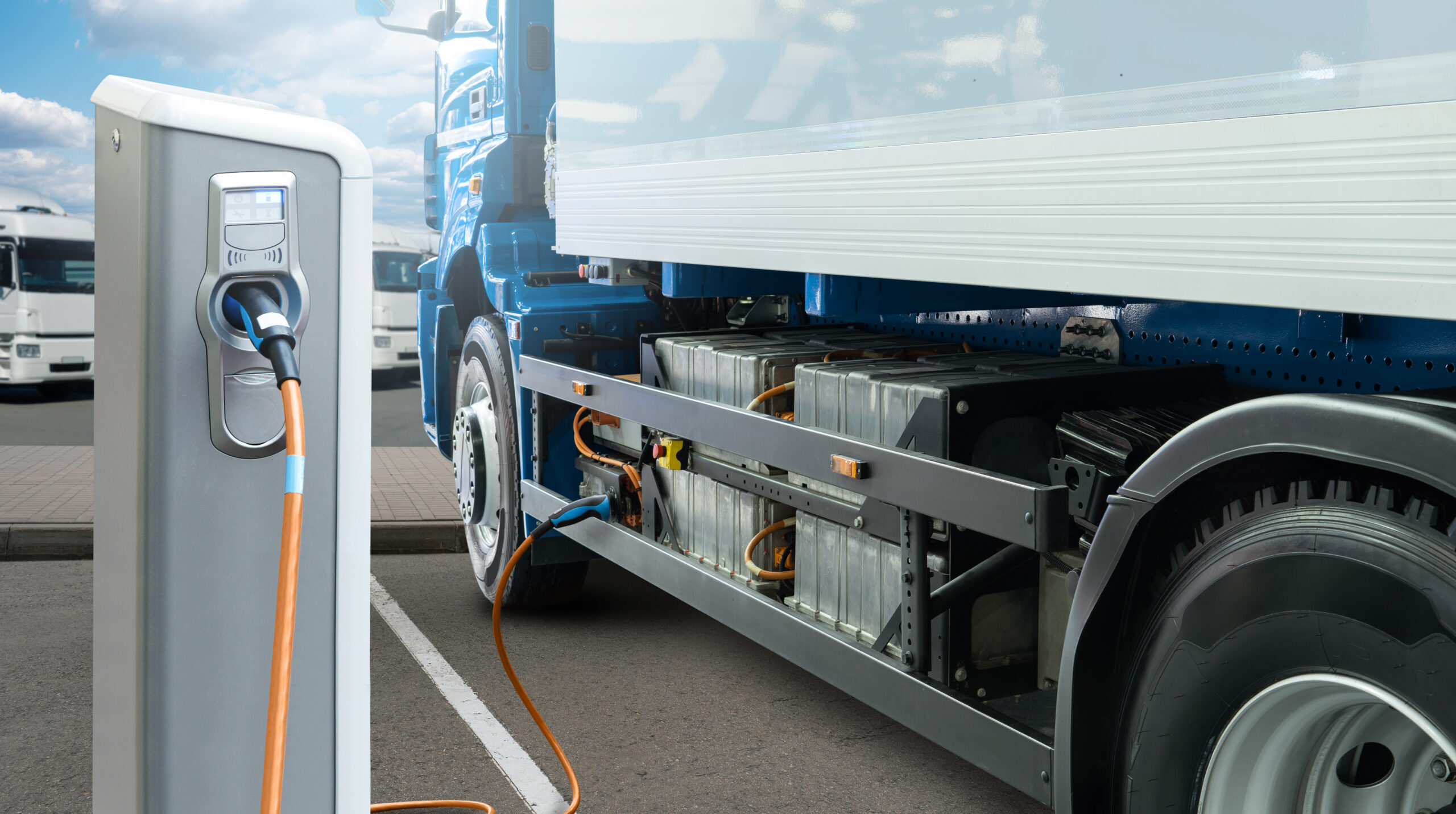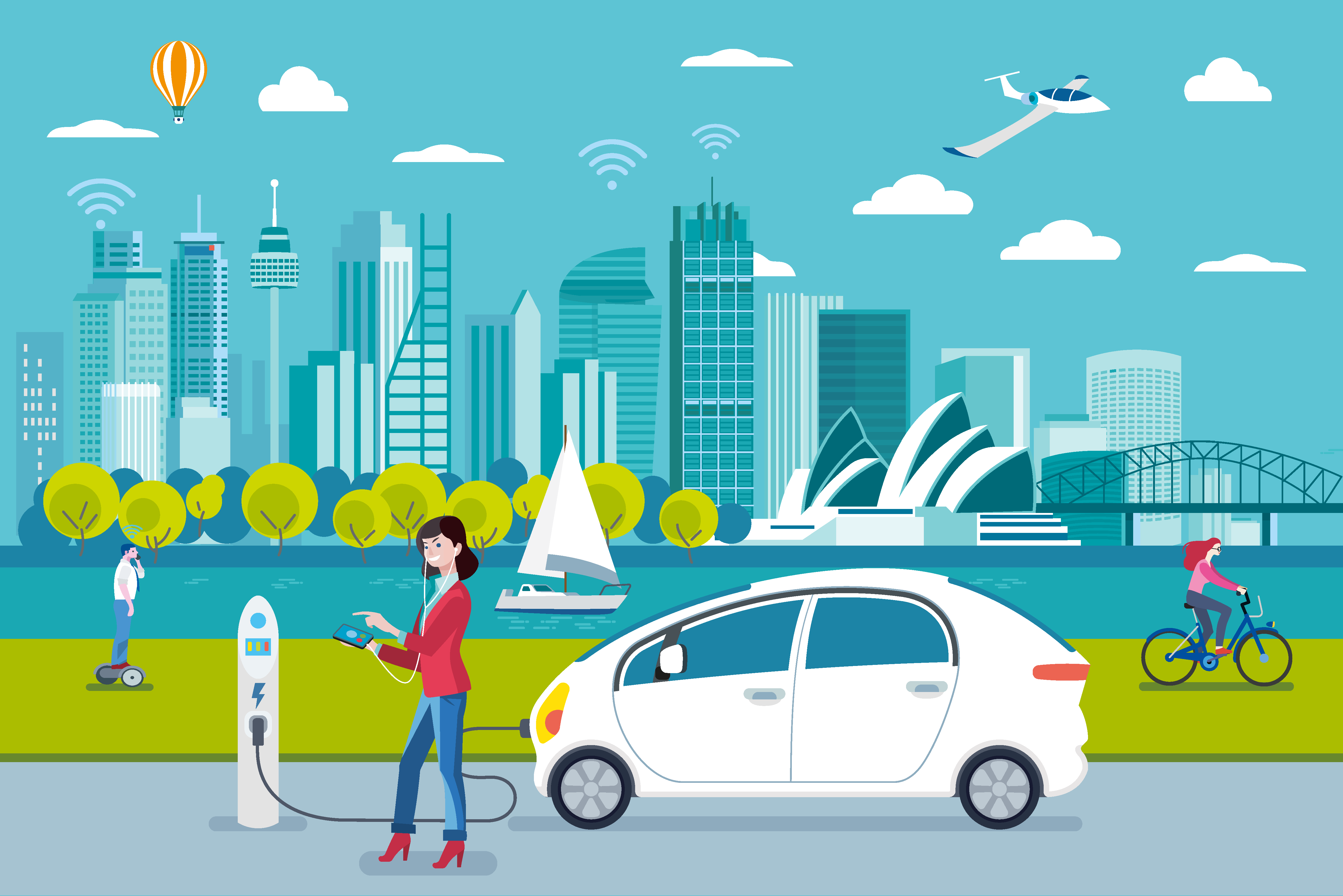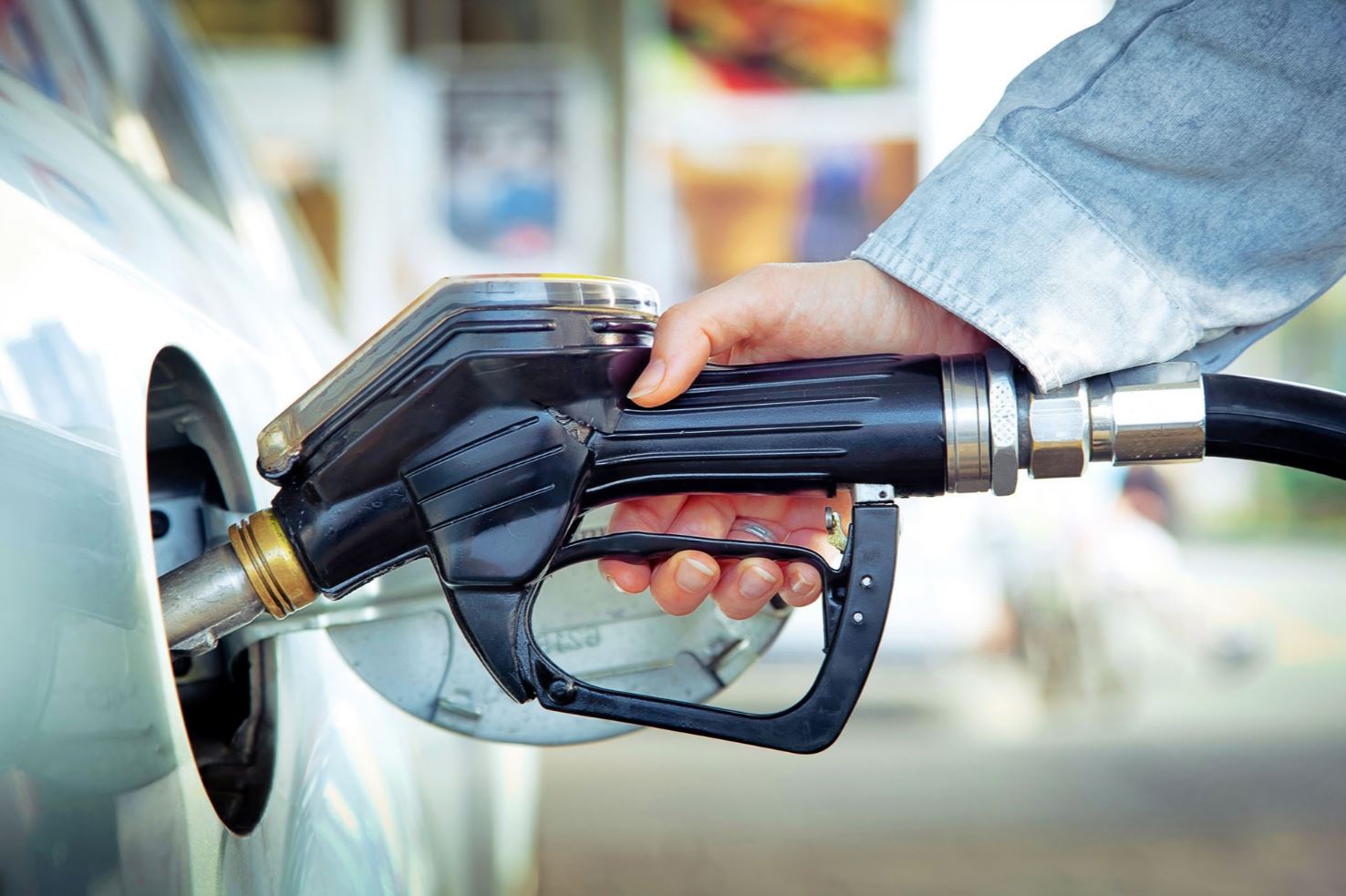A guide for outlining your plan to reduce your fleet’s operating costs and carbon emissions.
Geotab, along with hundreds of other businesses have signed The Climate Pledge Amazon created in 2019 to commit to becoming net-zero carbon by 2040. Geotab is also committed to creating a more sustainable future with their customers by helping them to reduce their carbon footprint through sustainable fleet strategies.
To successfully implement these strategies, creating a business case that lays out the benefits, costs, etc will help a business understand what it takes to become more sustainable, and the specific tactics required to meet these goals.
What are sustainable fleet strategies?
What are sustainable fleet strategies? To create a business case for these, businesses will need to define what their desired outcome is from applying sustainable strategies. Two main objectives are generally applied: reducing carbon emissions and improving operational efficiency which will both be intertwined to achieve the sustainable goals.
For example, by transitioning a portion of your fleet to electric vehicles you are simultaneously reducing tailpipe emissions and fossil fuel usage while saving money, as EVs typically have a lower total cost of ownership. It is important to note that fleet electrification is not the only way to create a more sustainable fleet. There are many practices that can be implemented with traditional internal combustion engine vehicles.
 Image Source: Adobe Stock
Image Source: Adobe Stock
A few sustainable fleet strategies to consider
Finding the right sustainable strategies will depend on your business’s specific situation. Consider factors such as applicable government mandates, available incentives, and vehicle application. Reviewing the telematics data you already have, you can benchmark how these sustainable strategies could make an impact upon your current fleet operations.
Idle reduction
Idle reduction is a great way for a business to take a step towards being more sustainable. Reducing idling can improve fuel economy and reduce CO2 emissions.
To improve your drivers’ idling times, you need to gain an understanding of how long your vehicles idle, the amount of fuel that is used when idling and the cost of it. There are reports you can run within the MyGeotab platform to provide in-depth statistics. Geotab’s Green Fleet Dashboard allows you to compare your idling levels compared to similar fleets within the Geotab ecosystem.

Image Source: Geotab
Route optimisation
By reviewing and creating your route plans you can ensure your drivers complete their tasks in the most effective way. Planning out the most efficient routes can also help you save on fuel as well as the emissions they create. There are many route planning and optimization tools available to suit your business’s needs, including industry-specific solutions.
Optimising your fleet
Optimising your fleet helps organizations improve the use of their assets. It ensures that the fleet consists of the fewest and most efficient vehicles necessary to complete its daily tasks. Using more efficient vehicles in high-use roles, and by limiting the use of less-efficient vehicles, the fleet will operate with lower total emissions.
There are reports available which are powered by your data to get an in-depth look at how your assets are being utilised. These will help to identify what assets are being used the most/least and what assets are the most efficient. You can use this data to put the less carbon intensive vehicles into higher-use applications.
Fleet electrification
Battery electric vehicles produce zero tailpipe emissions and typically have a lower total cost of ownership which will be a game changer for fleets. This enables fleets to both become more sustainable and improve the bottom line.
Understanding a vehicle’s daily route, operation costs and inactive time will help you evaluate your position in moving forward with electric vehicles. You can do this through a EV Suitability Assessment (EVSA). This assessment uses your fleet’s own data to determine where you could best utilise EV’s. It provides vehicle recommendations, based on the models available in your region, as well as the projected cost savings and avoided CO2 emissions.
Moving towards fleet electrification is a gradual process and requires some advanced planning to be successful. Another way to increase your sustainability efforts would be to apply some of the above strategies to your electric vehicles and there by doubling down on productive and sustainable practises.
 Image Source: Geotab
Image Source: Geotab
Why you should adopt sustainable fleet strategies
Applying sustainable fleet strategies go beyond just reducing environmental impact. We know a business can save money on fuel costs, but they could also use their sustainability efforts to improve their brand’s position as well as attract and retain employees or investors.
From an alternate point of view, its worth looking at the costs associated with not implementing these strategies over time. The rising cost of fuel and continual development of government compliance policies are two reasons why now may be the time to evaluate your EV position. While it is usually better to list the positive reasons for becoming more sustainable, it is important to discuss the implications of not doing so.
How to get started
It can seem daunting to get started, especially if there are mandates coming in the future. With proper planning and evaluating, the transition to implementing sustainable practises can be rewarding in many ways.
Utilise the tools available through Geotab to begin your journey today. Download our Adopting Electric Vehicles and Sustainable Fleet Strategies workbook to get started.
If you have any questions about electrifying your fleet, please talk to your Fleet Complete Sales Representative or contact us here.
Originally published by Geotab, November 17th, 2022. https://www.geotab.com/blog/adopting-electric-vehicles-and-sustainable-fleet-strategies/
























